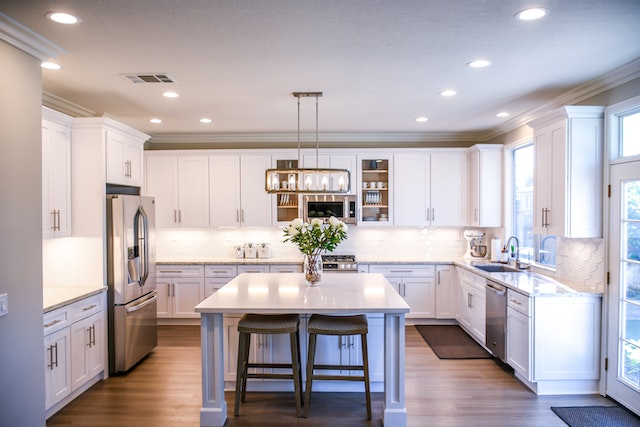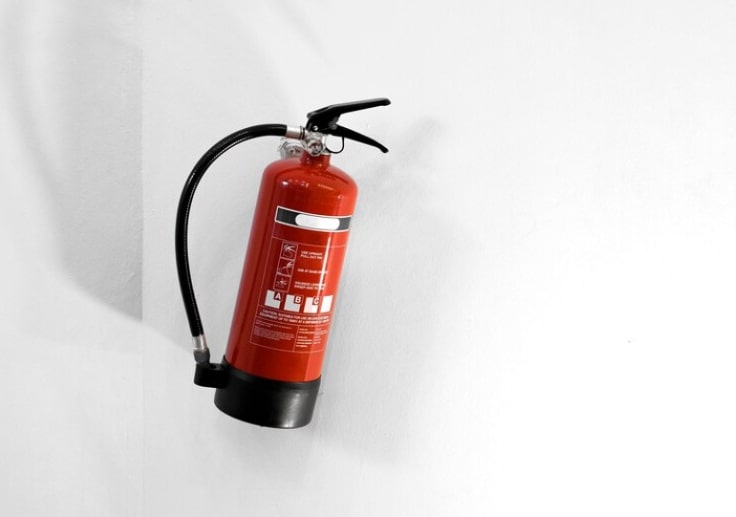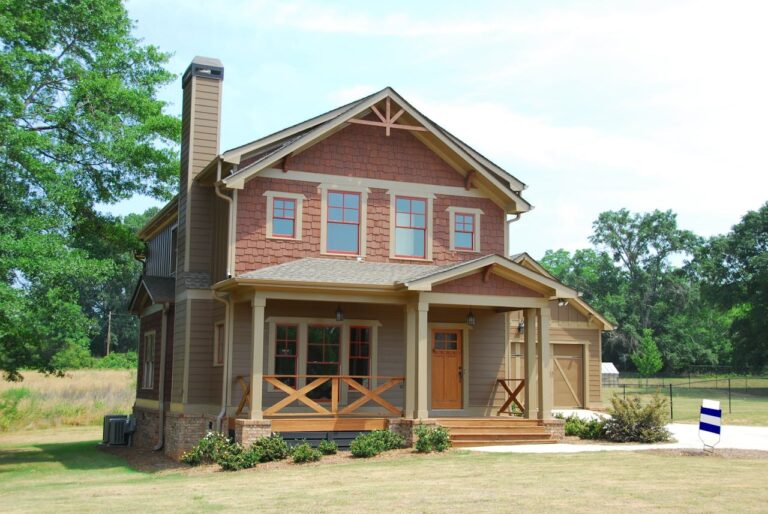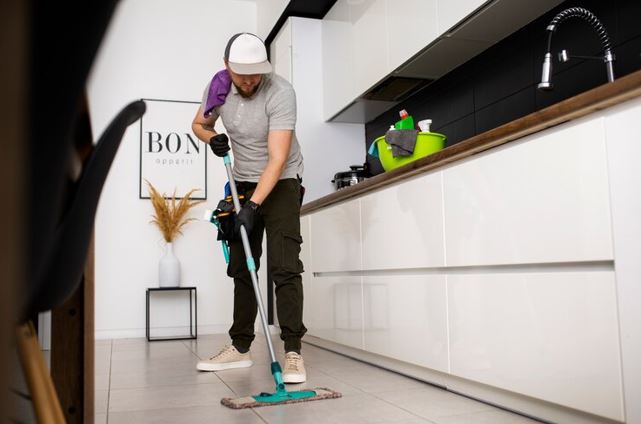Installing Nduresierra Cypress Flooring is a practical way to upgrade your home with a modern, durable, and stylish surface. This flooring is a luxury vinyl plank (LVP) option known for its scratch resistance, waterproof core, and realistic wood look.
If you plan to install it yourself, understanding each step is critical to achieving a clean and long-lasting finish. This guide explains how to prepare your space, install the planks, and maintain the floor after installation.
| Feature | Details |
|---|---|
| Product Name | Nduresierra Cypress Flooring |
| Type | Luxury Vinyl Plank (LVP) |
| Surface Finish | Scratch-resistant, waterproof, matte wood-look |
| Plank Size | 9 x 48 inches (approx.) |
| Installation Method | Floating floor with click-lock system |
| Best For | Living rooms, kitchens, bedrooms, basements |
| Maintenance | Easy to clean with damp mop and mild cleaner |
Why Choose Nduresierra Cypress Flooring

Nduresierra Cypress Flooring offers more than looks. It is built for homes that need strength and low maintenance while keeping a modern style.
- Durable Wear Layer: It resists scratches from daily foot traffic and pets.
- Waterproof Core: Suitable for kitchens, bathrooms, and basements.
- Realistic Appearance: Mimics natural cypress wood with texture and grain.
- Easy Installation: Click-lock system helps homeowners install it without glue.
- Comfort: Many models include an attached underlayment pad that adds softness and reduces noise.
Tools and Materials You Will Need
Gather all necessary tools before starting. This ensures a smooth workflow.
- Measuring tape
- Chalk line or laser level
- Utility knife or vinyl cutter
- Spacers
- Rubber mallet
- Pull bar
- Tapping block
- Underlayment (if your planks do not include one)
- Moisture barrier (if installing over concrete)
- Vacuum or broom
Step 1: Prepare the Subfloor
A clean and level subfloor is critical. Poor preparation can lead to gaps and squeaks.
- Clean the Surface
Sweep and vacuum the floor to remove dust and debris. - Check for Moisture
If you install over concrete, test for moisture. Use a moisture barrier if levels are high. - Level the Floor
Fill dips or low areas with a leveling compound. Sand down raised spots. - Remove Baseboards
This step makes installation cleaner and allows expansion space around edges.
Step 2: Acclimate the Flooring
Let the Nduresierra Cypress Flooring planks rest in the room for at least 48 hours. This allows them to adjust to the temperature and humidity, preventing future warping.
Step 3: Plan the Layout
Before cutting or locking any planks:
- Measure the Room
Divide the room width by the plank width to know the size of the final row. Adjust the first row if the last row will be too narrow. - Stagger Seams
Plan to offset the seams of each row by at least 6 inches for a natural look. - Mark Guidelines
Use a chalk line to keep rows straight, especially in large spaces.
Step 4: Install the First Row
- Place spacers along the starting wall to create an expansion gap of about 1/4 inch.
- Lay the first plank with the groove side toward the wall.
- Connect the next plank by inserting the tongue into the groove at an angle and pressing down until it clicks.
- Continue across the wall. Cut the last plank of the row to fit using a utility knife or vinyl cutter.
Step 5: Continue Installing Planks
- Start the next row with a cut piece at least 6 inches long to stagger seams.
- Insert the tongue of the plank into the groove of the previous row at a 20-30 degree angle, then press down until it locks.
- Use a tapping block and mallet to ensure a tight fit.
- Repeat until the room is covered.
Step 6: Trim Around Obstacles
For doorways, vents, or irregular shapes:
- Measure and mark the plank carefully.
- Use a jigsaw or handsaw to cut out the shape.
- Always leave a small expansion gap around fixed objects.
Step 7: Install Final Row
- Measure the width needed for the last row.
- Cut planks lengthwise to fit the gap, leaving the 1/4 inch expansion space.
- Use a pull bar to lock the final row tightly.
Step 8: Reinstall Baseboards and Finish
Reattach baseboards or install quarter-round molding to cover the expansion gap. Avoid nailing directly into the planks to allow natural movement.
Step 9: Clean and Inspect
Vacuum or sweep any debris. Wipe the floor with a damp cloth to remove dust from cutting and installation.
Post-Installation Care
- Wait 24 Hours Before Heavy Use
Let the floor settle before placing furniture or rugs. - Use Protective Pads
Place felt pads under chairs and furniture legs. - Clean Regularly
Sweep or vacuum to prevent grit from scratching the wear layer. - Avoid Harsh Chemicals
Stick to mild cleaners to protect the finish.
Common Installation Mistakes to Avoid
- Not leaving an expansion gap.
- Skipping subfloor leveling.
- Installing planks without acclimating them.
- Forcing planks together and damaging click-lock edges.
- Forgetting to stagger seams.
Durability and Long-Term Value
Compared to hardwood, Nduresierra Cypress Flooring handles water and scratches better. It is ideal for active homes with kids and pets. Unlike carpet, it does not trap allergens or require deep cleaning.
Over time, it maintains its look with minimal upkeep. This makes it a cost-effective upgrade for home improvement projects.
Where to Install

- Living Rooms: Adds warmth and modern appeal.
- Kitchens: Handles spills and moisture well.
- Basements: Waterproof core makes it safe in below-ground spaces.
- Bedrooms: Soft underfoot and quiet.
Avoid installing in outdoor or fully exposed areas.
Environmental and Health Considerations
Many LVP products, including Nduresierra Cypress Flooring, are made with low-VOC materials. This means fewer indoor air pollutants compared to cheaper vinyl.
Always check product specs for certifications if this matters for your home.
Cost and Budgeting
While prices vary, this flooring often costs less than solid hardwood but more than entry-level vinyl. Budget for:
- Plank cost per square foot.
- Underlayment if not included.
- Moisture barrier for concrete subfloors.
- Tools if you do not already own them.
DIY installation saves labor costs, which can be significant.
Final Thoughts
Installing Nduresierra Cypress Flooring yourself is manageable if you prepare well and follow each step carefully. It delivers a stylish, durable, and water-resistant surface that suits modern homes. By investing time in proper preparation and using the right tools, you can achieve a professional finish and enjoy your new floors for many years.







